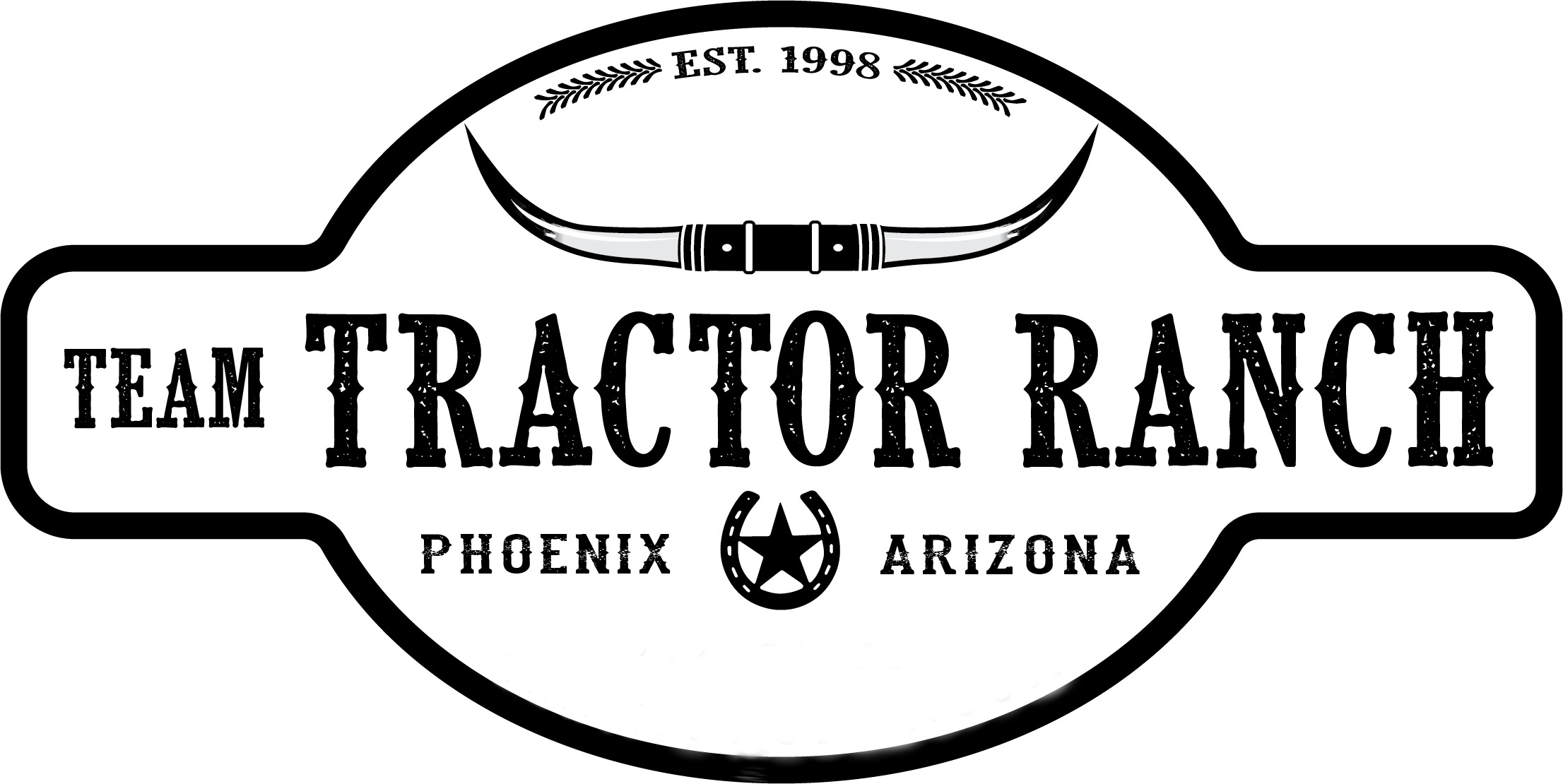Help Me Understand the Different Tractor Transmission Types
We want to help you better understand the different types of tractor transmissions.

Let’s jump right in!
Compact tractors have so many uses.
You can use them to mow fields, carve trenches, move dirt, grading, gardening, loading, material handling, and a host of other things. With so many implement options, the uses are virtually limitless.
Tractors are being sought after by more and more people including farmers, homeowners, landscapers, and maintenance crews. So, it is important that the tractor is perfect for the work type.
When choosing a tractor, there are a few features you will want to take a close look at including cab comfort options, size, PTO type, hitch categories, implements/attachments, tires, engines, and transmissions.
Transmission options are seldom discussed, and they are super important to understand.
We are going to help you understand the various tractor transmission options, to help you make the best choice for your work type.
Gear-drive Transmission A gear-drive transmission is designed to lock a tractor into one speed.
A gear-drive transmission is designed to lock a tractor into one speed.
It is well-suited for rough terrain and sloping.
A gear transmission is an affordable option. Plus, it allows for maximum PTO performance.
Here are the four different gear-drive variants available on compact tractors:
1. Collar shift. Uses a fork and collar between each set of gears. The collar gear transmission is a bit expensive. The trade-off is increased reliability.
2. Power shift. This transmission uses a clutch pack instead of collars. There is no need for a clutch. Shifting is effortless and seamless. You simply push a button or move a lever to shift up or down.
3. Synchro shift. Similar to the collar shift --- with the addition of a synchronizer. The synchronizer acts as a brake or drag to “synchronize” the speeds between the gears when shifting. This prevents grinding and gives a quieter, smoother shift.
4. Sliding gear. Uses a shift fork to put gears into position. This is a lower cost option.
A gear-drive transmission is best-suited for an experienced operator. It is not the easiest option to use, requiring vast practice. Another disadvantage is the lack of precise speed control that a hydrostatic transmission can provide.
Power Shuttle Transmission

A power shuttle transmission combines electronic controls with hydraulic clutch packs.
This provides a clutch-less option to engage the transmission for repetitive reverse and forward maneuvering.
Power shuttle offers the power, reliability, and strength of a mechanical transmission without involving your feet, legs, and hands.
They are perfect for applications including drawbars and loaders.
A power shuttle transmission is a bit more expensive than a shuttle or standard mechanical transmission.
Hydrostatic Transmission

The hydrostatic transmission is the most popular on compact tractors.
It is easy to use and provides a smooth ride.
They are great for inexperienced/novice operators or those who do not understand manual transmissions. Hydrostatics operate like automatic transmissions in cars.
This transmission is efficient, smooth, and easy to operate. They are optimal for loader work and any task where the implement does not require it to be maintained at a constant speed.
Speed control is another advantage. Operators will experience precise speed control. They also will be able to utilize cruise control. Plus, there are both electronic and mechanical options.
The hydrostatic transmission uses hydraulic fluid to power the axles and drive gears.
Electronic hydrostatic provides many premium features to maximize your tractor performance. There are some tractor models that use this technology to allow features including stall guard, hydraulic dual speed, throttle up, and more, so you can get maximum power for heavy duty applications.
CVT Transmission

A continuously variable transmission “CVT,” offers operators a mix of a hydrostatic and mechanical transmission.
With a CVT, you can seamlessly shift through the ranges by pressing down on the handle or pedal, without ever having to shift ranges.
The CVT combines the durability and power of a mechanical transmission with the smooth, easy operability of a hydrostatic transmission.
There are many benefits to a CVT. This includes longer transmission life, ease of use, and better fuel efficiency.
A CVT is a great option; just difficult to find on a smaller tractor. It has great features but not common on a smaller tractor or small utility. This is mainly due to cost. They come at a premium price compared to the hydrostatic option. Hydrostatic is easier to use and far more affordable.
If you need any further help or have any questions about transmissions, tractors, or anything else, please contact your dealer, local mechanic, or call us at 602-734-9944. Please ask about our current new and used tractor supply.
Team Tractor and Equipment - #1 Tractor Dealer in Arizona. We sell and service most major brands of tractors including Yanmar, Kubota, John Deere, TYM, Mahindra, Kioti, Case, New Holland, Massey Ferguson, Ford, Deutz, Case IH, Farmall, International Harvester, Branson Tractors, LS, Shibura, Claas Tractor, McCormick Tractors, Valtra, Solis, YTO, Montana, and Nortrac.
